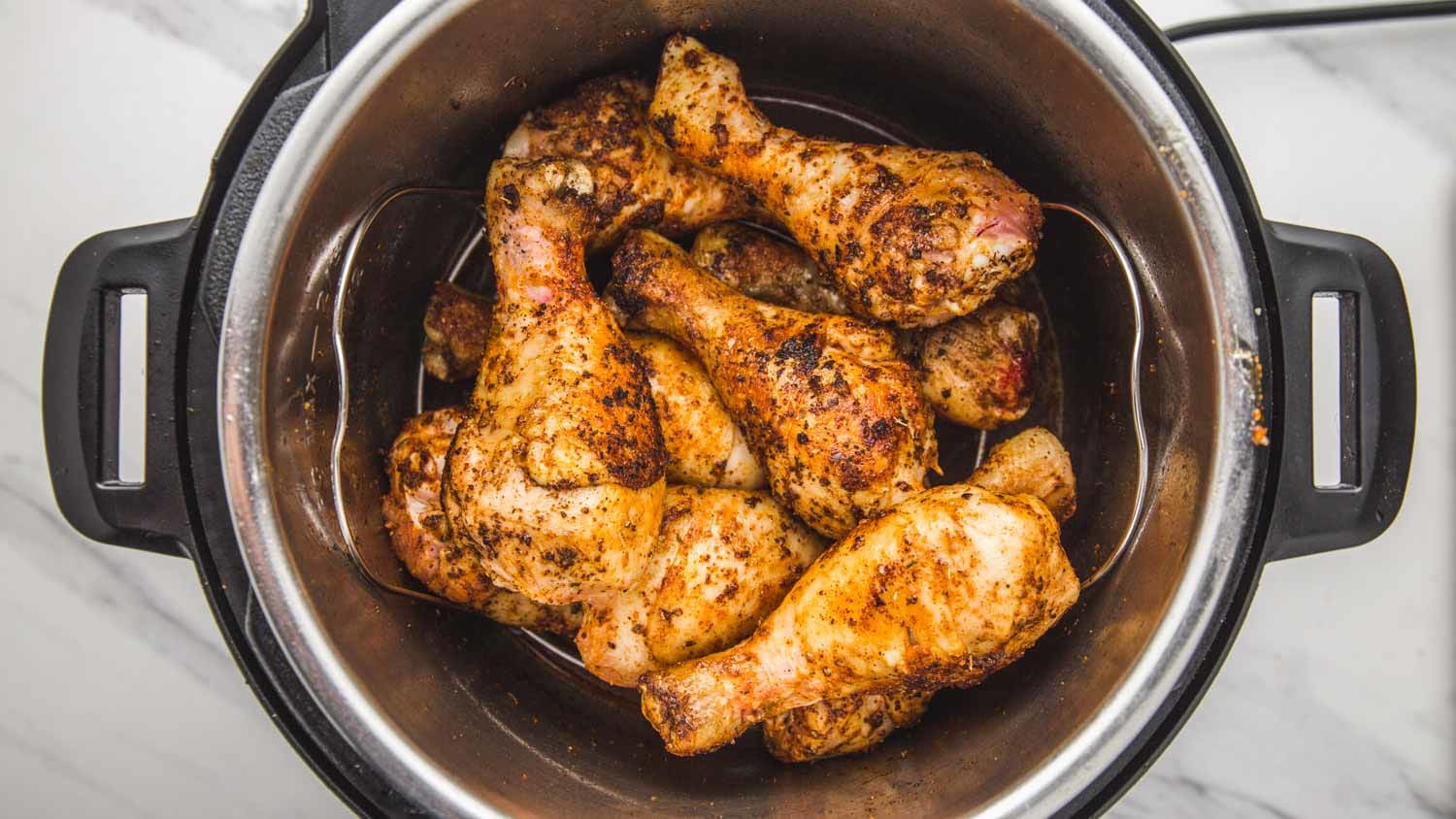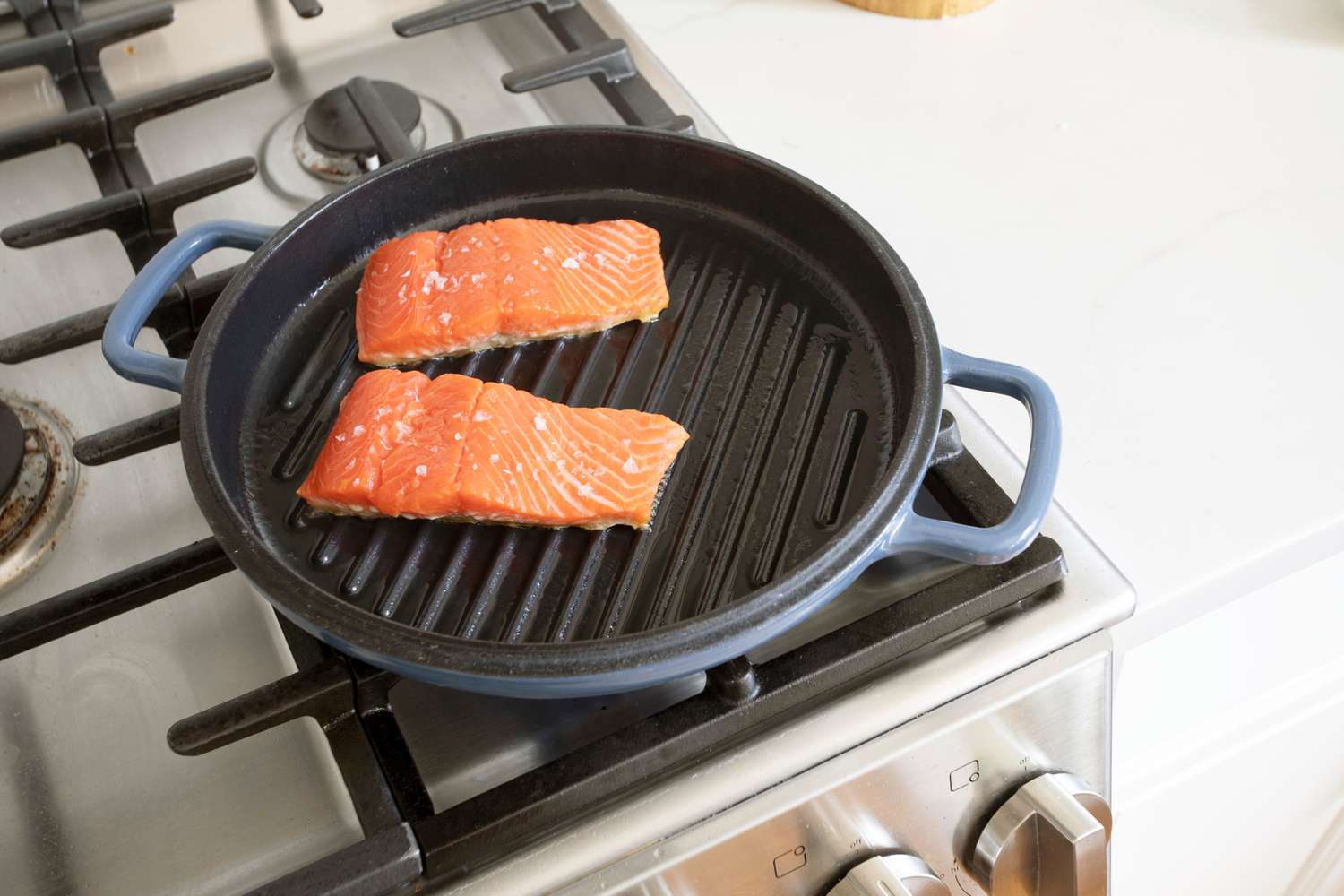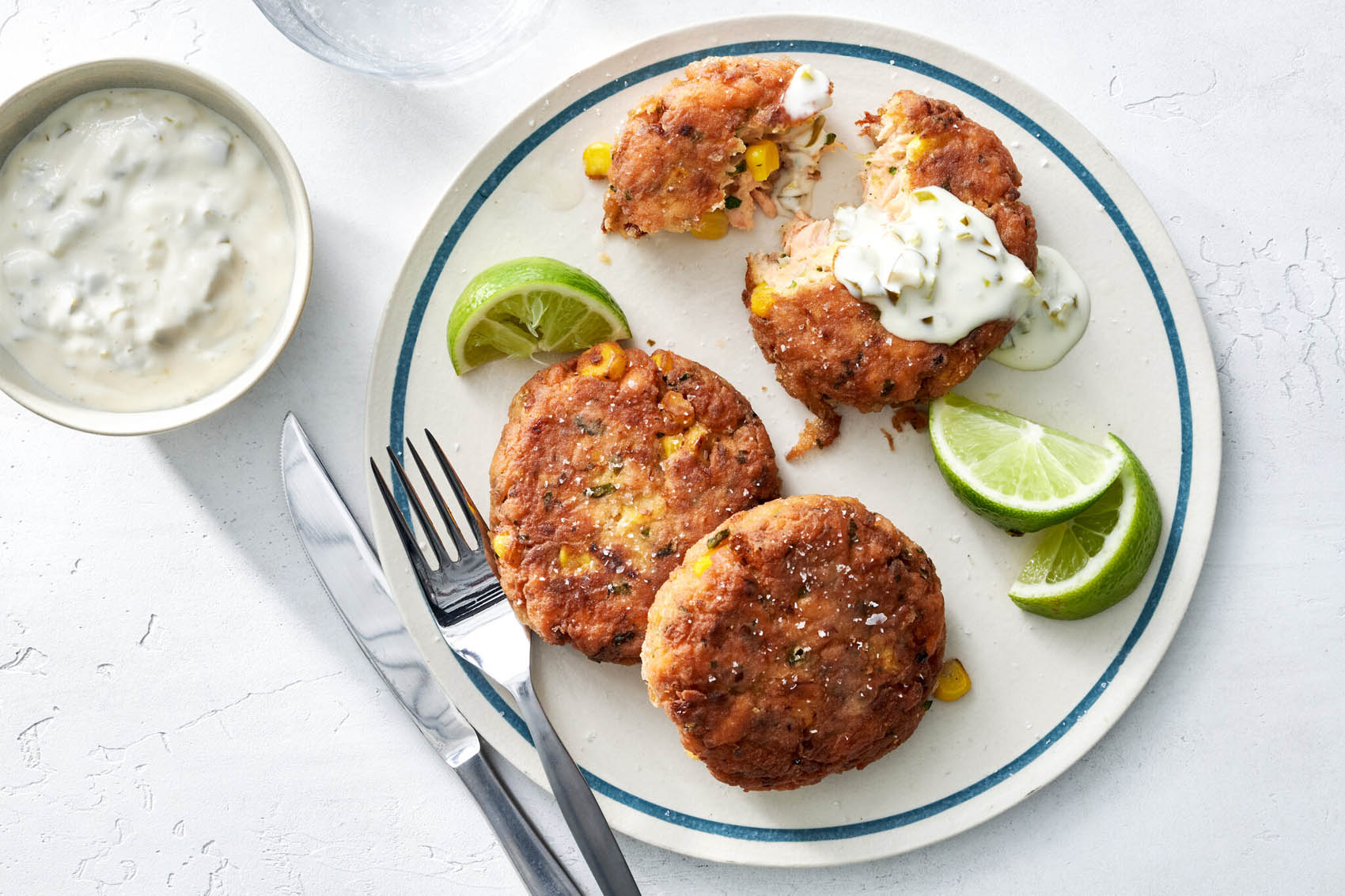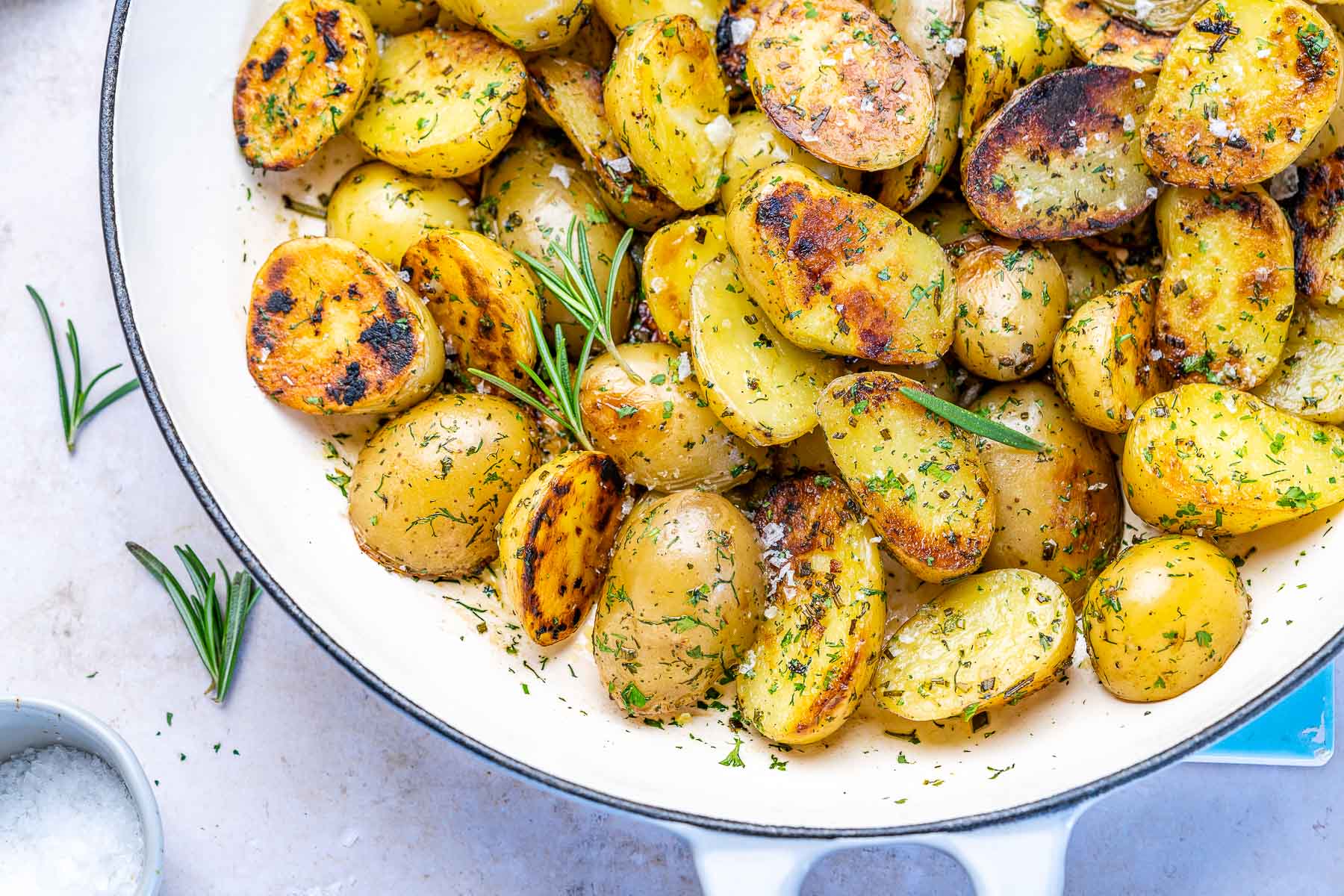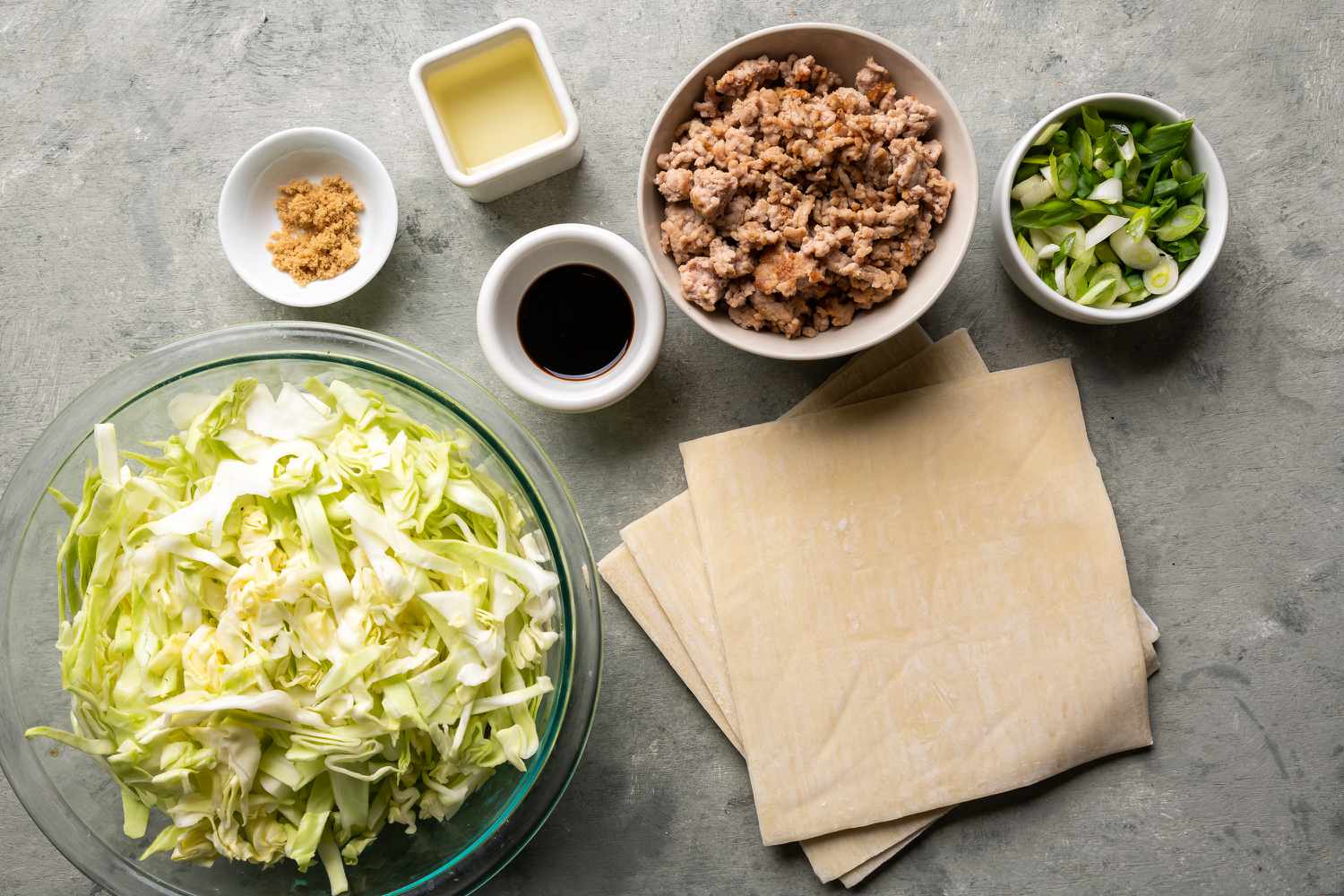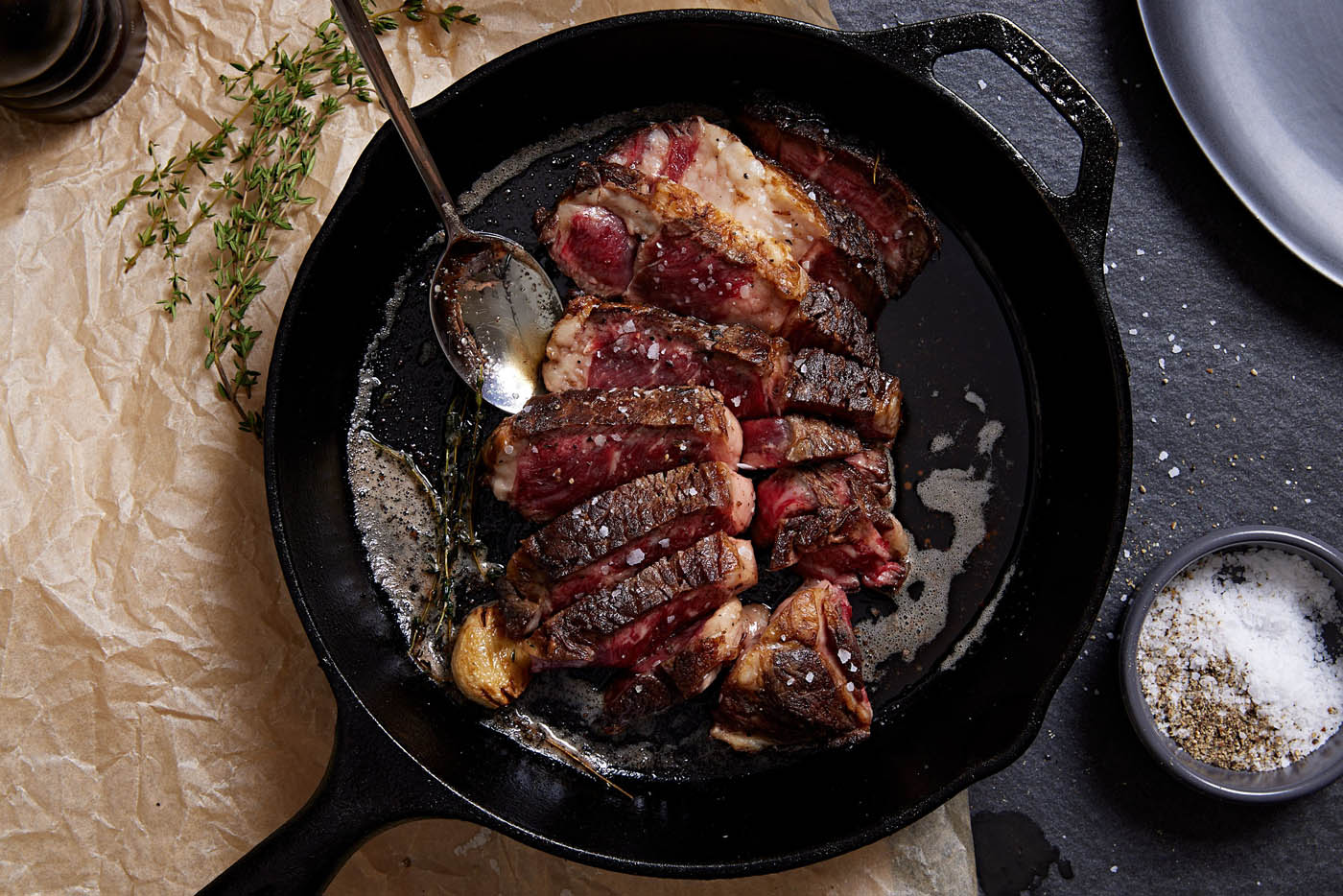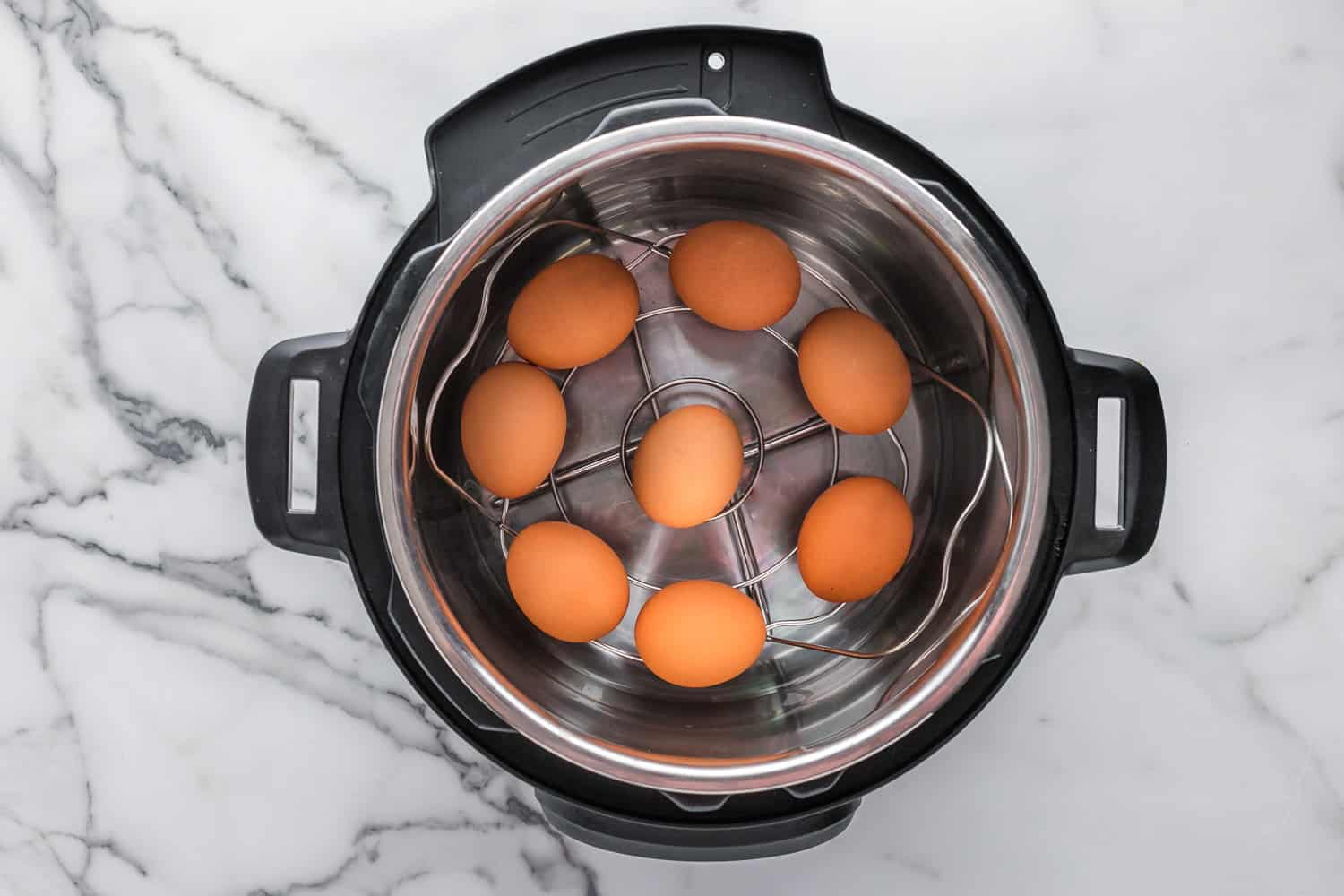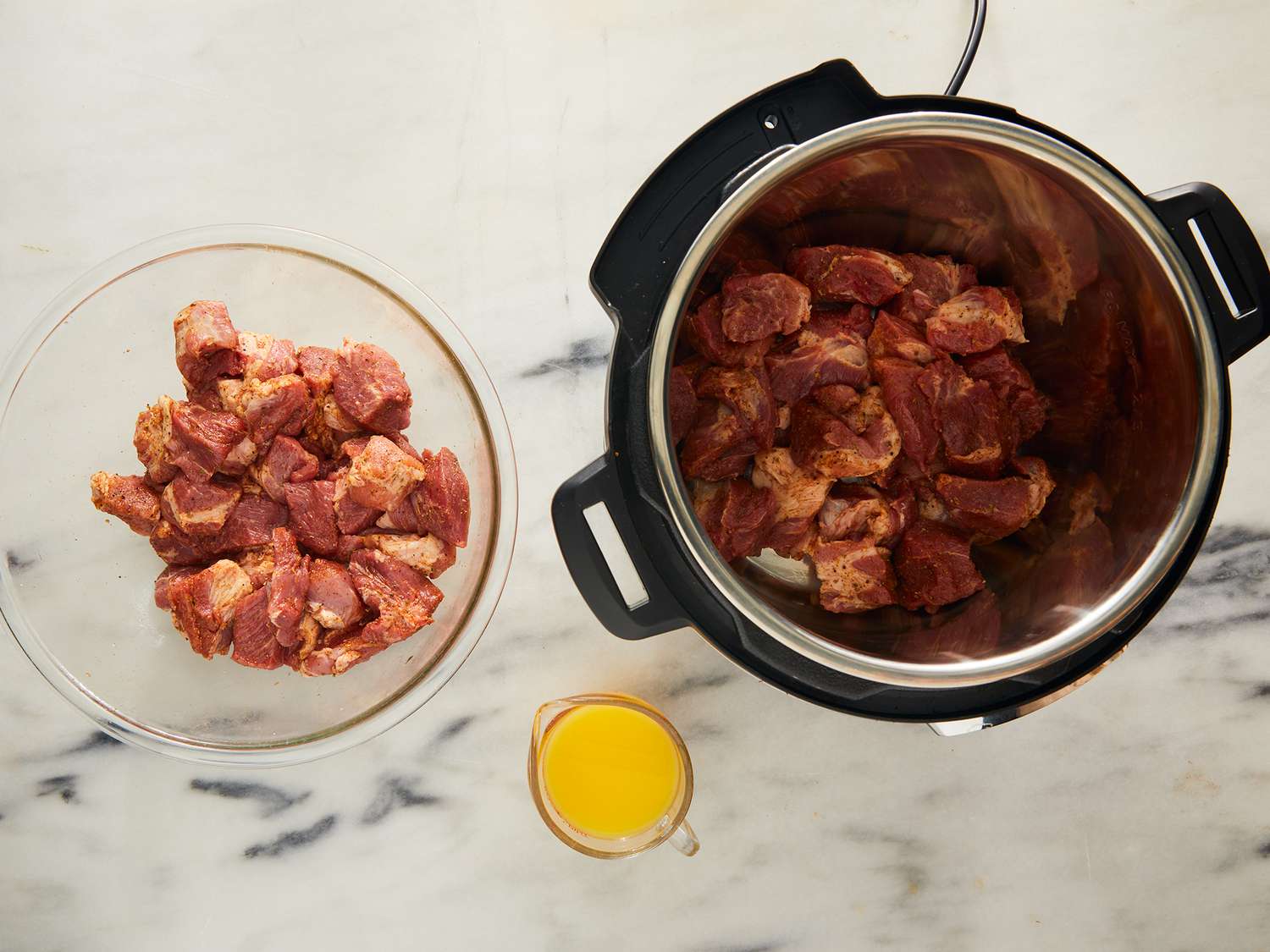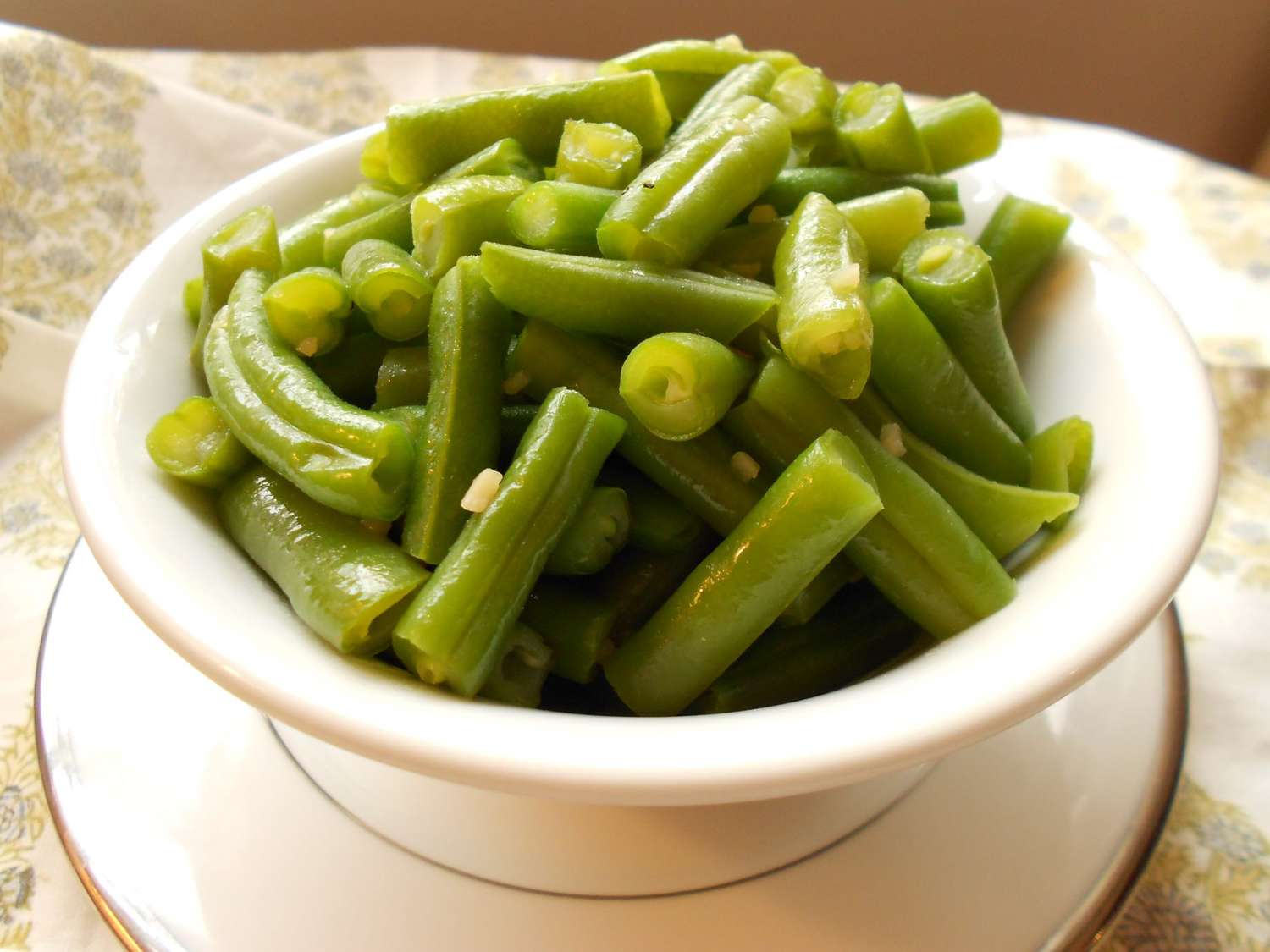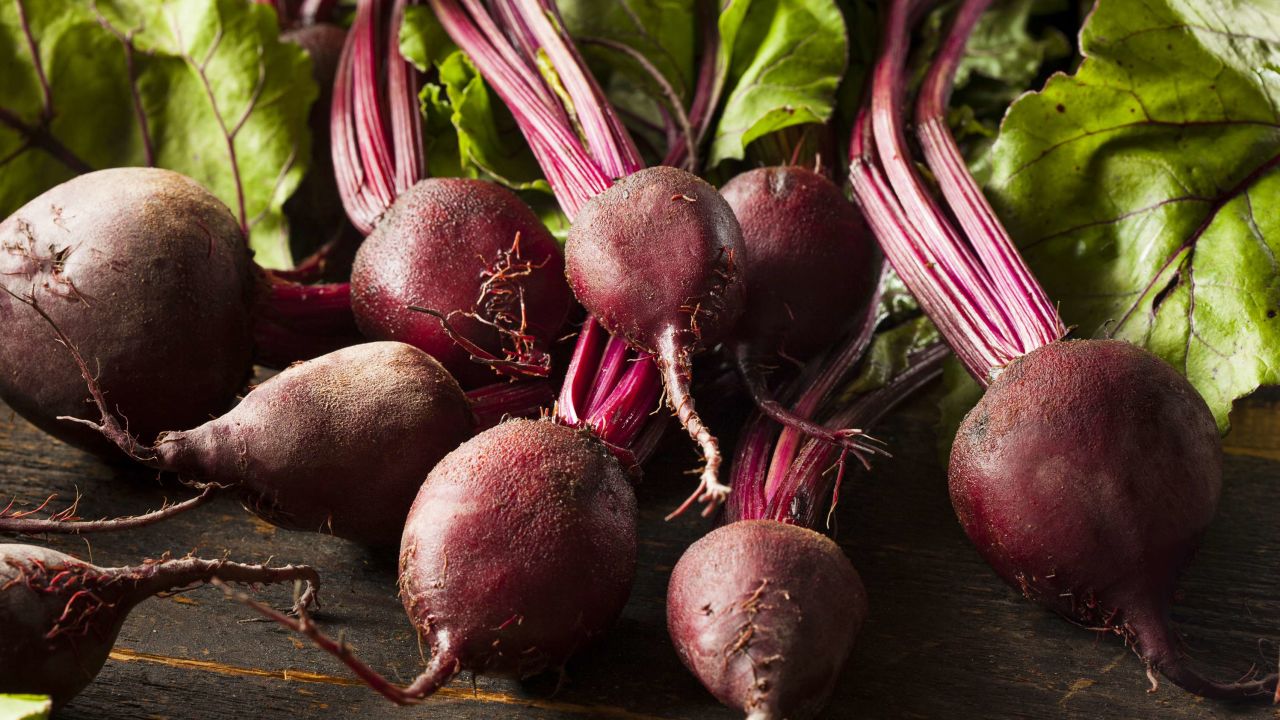Mastering High Pressure Cooking with the Instant Pot
As a food enthusiast, you’re always looking for new and efficient ways to elevate your cooking game. One appliance that has taken the culinary world by storm is the Instant Pot. With its high-pressure cooking capabilities, the Instant Pot allows you to create delicious and flavorful meals in a fraction of the time. In this article, we’ll dive deep into the world of high-pressure cooking with the Instant Pot and give you all the tips and tricks you need to become a master in the kitchen!
The Beauty of High Pressure Cooking
High-pressure cooking with the Instant Pot is like having a culinary powerhouse at your fingertips. It works by trapping steam inside the pot, which increases the pressure and raises the boiling point of water. This results in faster cooking times while infusing your ingredients with intense flavors.
Whether you want to whip up a weeknight dinner or impress your guests with a gourmet feast, high-pressure cooking allows you to do it all with ease. The Instant Pot’s high-pressure function is perfect for dishes like stews, braised meats, risottos, and even desserts!
Getting Started with High Pressure Cooking
Before you dive into high-pressure cooking with your Instant Pot, there are a few essential things to keep in mind:
- Ensure that the sealing ring and steam release handle are properly in place before you start cooking. This will prevent any accidents and ensure a safe cooking experience.
- Follow the recommended liquid ratios for high-pressure cooking. The Instant Pot requires a minimum amount of liquid to build up the necessary steam and pressure. Check your recipe or the Instant Pot manual for specific guidelines.
- Be mindful of the cooking time. High-pressure cooking is much faster than traditional methods, so adjust your cooking time accordingly. Overcooking can result in mushy or dry dishes.
Top Tips for High-Pressure Cooking Success
Now that you’re familiar with the basics, it’s time to take your high-pressure cooking skills to the next level. Here are some pro tips to help you achieve mouthwatering results:
- Use the natural release method: After cooking, let the Instant Pot release pressure naturally for a few minutes before using the quick-release method. This will help keep your dishes tender and juicy.
- Experiment with flavors: High-pressure cooking is perfect for infusing flavors into your dishes. Don’t be afraid to get creative with herbs, spices, and marinades to take your culinary creations to new heights.
- Consider adding layers: Layering ingredients in the Instant Pot ensures even cooking and prevents certain ingredients from becoming overcooked or undercooked.
High-Pressure Cooking Recipes to Try
Ready to put your high-pressure cooking skills to the test? Here are some delicious recipes to get you started:
- Hearty beef stew with root vegetables
- Tender and flavorful pulled pork
- Creamy risotto with mushrooms and parmesan
- Melt-in-your-mouth chocolate lava cake
Remember, practice makes perfect. Don’t be discouraged if your first attempt doesn’t turn out exactly as planned. Experiment, have fun, and soon you’ll be whipping up culinary masterpieces with ease!
Now that you’re armed with all the knowledge you need to cook on high pressure with your Instant Pot, it’s time to unleash your inner chef. Get ready to impress your family and friends with delicious, flavorful meals that come together in no time. Happy cooking!
Was this page helpful?
Read Next: How To Cook A Chuck Roast In The Instant Pot
